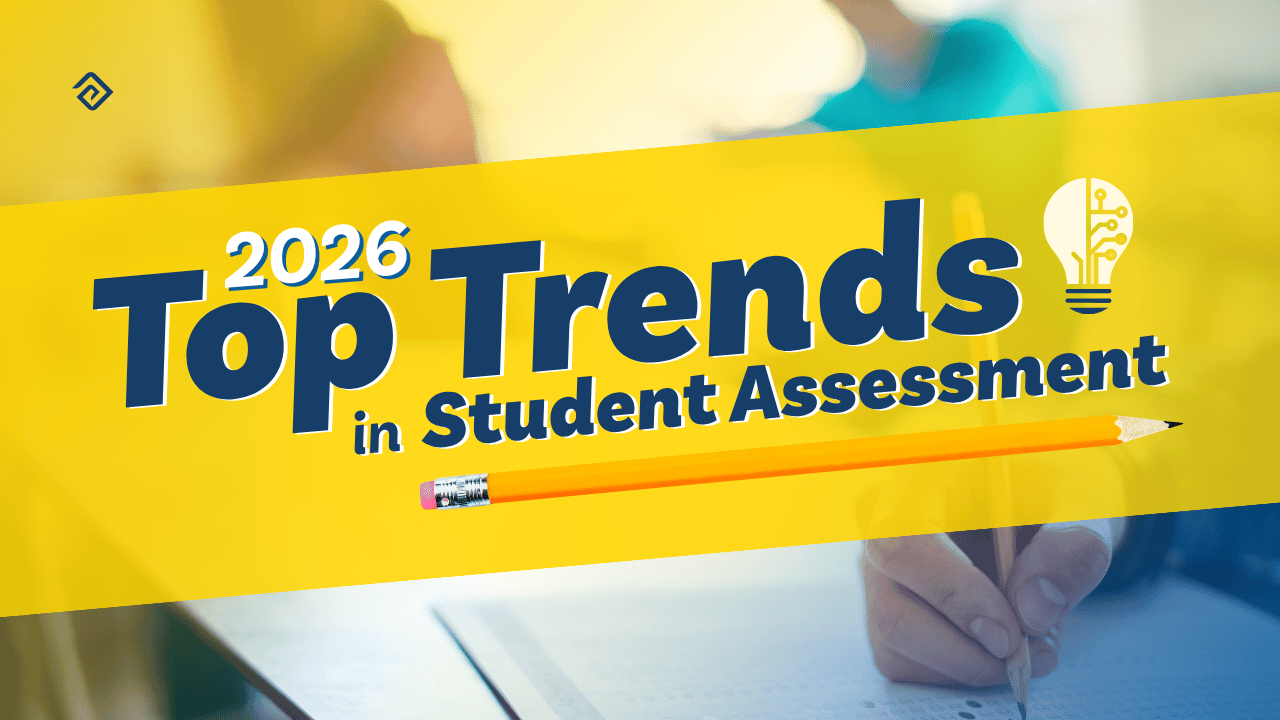Preparing Your Students for the Workplace
If there’s one thing that recent events have shown us, it’s that the world of work is constantly changing. As such, preparing students for the world of work after high school requires educators to teach students both practical skills as well as the theoretical knowledge behind those skills. These two pillars form the basis for CTE, or Career and Technical Education, programs.

To take a closer look at how these two pillars work together, two Education Advanced team members, Jenna Defazio and Lisa Tunnell, sat down to talk about the importance of CTE programs in schools. Lisa Tunnell’s background as a former CTE educator sheds light on how school districts can ensure that students acquire both the skills and knowledge they need from a CTE program to be successful in the workforce.
Defazio and Tunnell also talked about what school districts need to look at to ensure that CTE programs are aligned with the broader educational mission of both the district and the community that CTE students will ultimately serve.

How can a school district ensure that their CTE program aligns with the demands of today’s workforce?
Lisa Tunnell: When we talk specifically about using a CTE curriculum to prepare our students for today's workforce, that's a large beast to prepare for. It’s also important to keep in mind that CTE, in general, really prepares our kids for the future, and it doesn't matter whether they're going to be involved with just one course or a full CTE program of study.
Those courses and programs of study are really offering valuable resources for those kids. They get a lot of life skills out of those courses. As educators, we know that there are particular reasons that kids come to school. For a large portion of kids, CTE classes fill that need.
On the flip side, it is crucial to keep in mind the state requirements for the curriculum. You have to ask yourself: What courses are required in a program of study? Do you have those requirements? Are there certifications that must be offered within a program of study? Or work-based learning requirements? Those are good places to start.
Can you talk about why it’s important for kids to start certain electives prior to high school and how this relates to CTE?
Lisa Tunnell: It really isn't something that just starts in middle school and high school. It starts with an awareness of work, at career fairs and activities like that. Maybe the first little bit of it happens in elementary school where they’re learning about work, like maybe they experience a career day at school.
When they get into the middle school level, this is where they have industry and career exploration. It might be just a little bit more structured. This is where students might start to take those interest inventories. They find out where their interests are.
They might be interested in specific categories related to work and what colleges and majors might interest them – things along those lines. They learn where they might lie on that spectrum of work. They’re doing a little exploring around. They’re also learning about what programs of study are offered at their high school.
Finally, at the high school level, they get some more specific career preparation. They get into specific programs and take a specific sequence of courses. Those classes are typically more rigorous. Some programs might lead them toward certifications. Those students may also have an opportunity to go into their communities and work, either in a job shadowing situation or an internship. It’s about career training and even possibly earning some money.
At this stage, it’s also important for them to learn through their course of study and through internships and job experience if they even like what they’re studying. For example, if they’re in a medical program and discover I don’t like the sight of blood, this is the kind of thing that’s better to learn early on. They don’t want to go through seven years of medical school just to find that out.
How might a school district go about vetting a CTE curriculum?
Lisa Tunnell: It's really important that you base your curriculum on your standards, whether you're using a state framework or a national framework.
You want those standards to be covered, so that by the time your students are done with that curriculum, you've hit upon all the standards that you were expected to. I would say that's number one when you're vetting your curriculum: Make sure it's covering the standards that you expected it to.
And then, secondly, CTE, we know, is preparing students to incorporate both knowledge and skills. Make sure that that's something that's in your vetting process – that you have both the knowledge and the skills pieces in that curriculum.
Along with that, there are formative assessments to go with it. You need to have a way to assess whether or not students have both the head knowledge they need as well as the skills to do the job. Can students demonstrate those skills?
This is one of my favorite things, actually. It’s something that students get really excited about and your community gets really excited about. Kids get to see that their learning matters. They think: We go to school for a little while, but what's it for? They learn that those skills are essential for the rest of their lives.
At Education Advanced, we help educators track student pathways to success. Reach out to us to find out how you can help your students develop the pillars of knowledge and skills during their high school years.


More Great Content
We know you'll love




